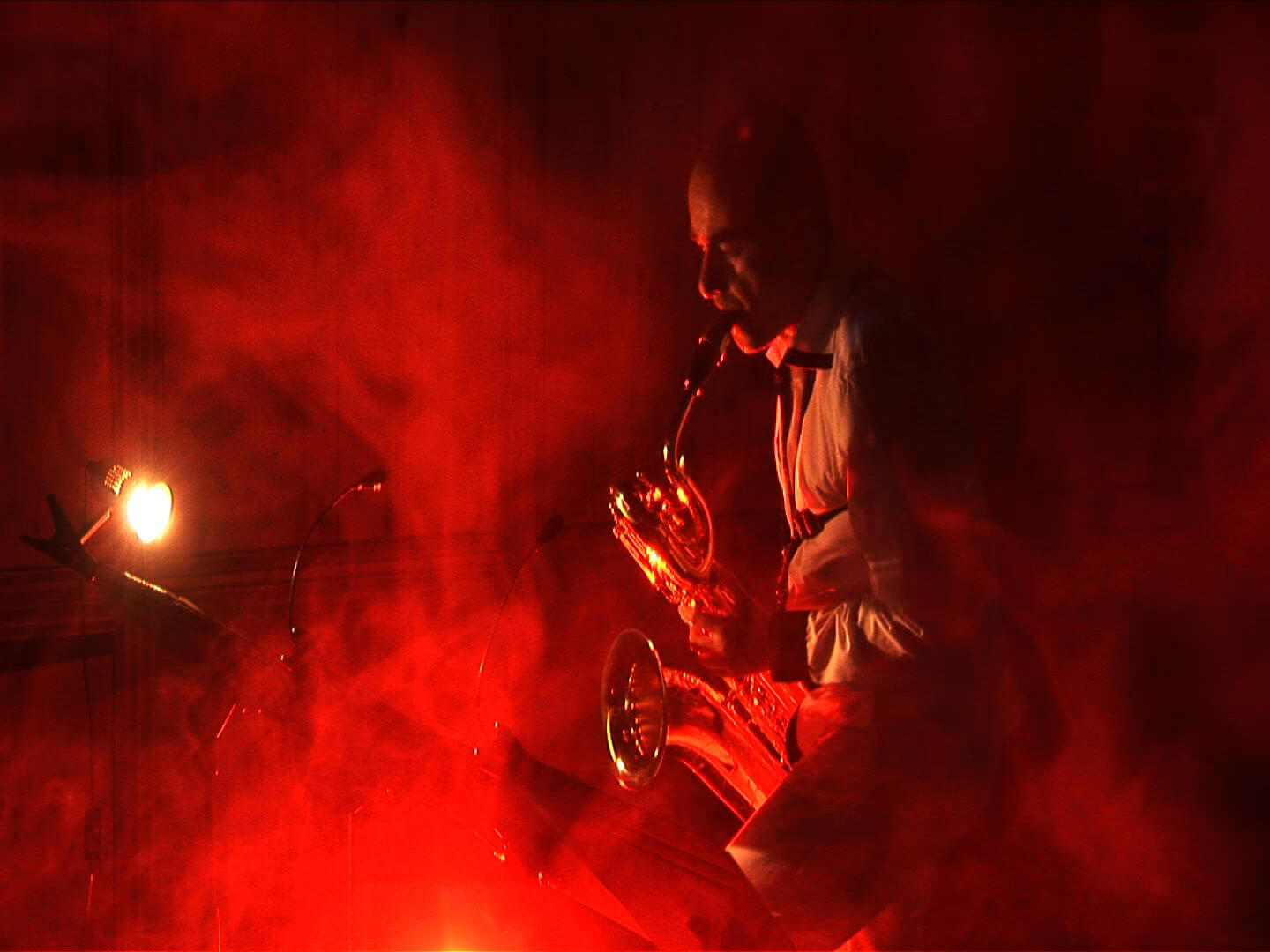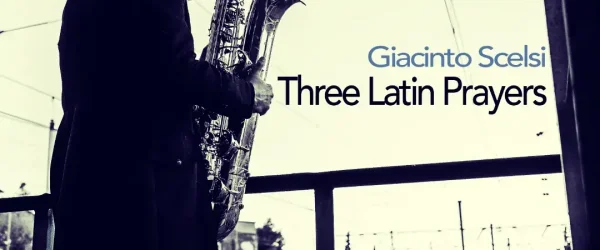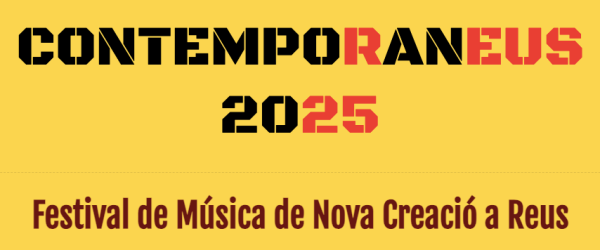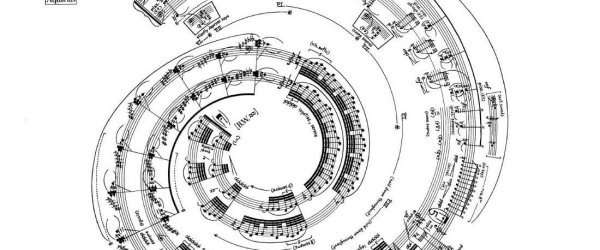
Last February 15th, I did a workshop about introduction to the interpretation of contemporary music at the Music Conservatory of Sabadell (near Barcelona) to students from the end of elementary and academy levels.
Since we didn’t have much time, and this kind of workshop requires continuity, I focused respectively on a guided collective improvisation and the collective interpretation of a graphic score. Finally, I did a short recital by playing works by Albena Petrovic and Isabel Benito to get used them to listen to this kind of repertoire.
I think that this experience made discover to many students, new ways to play their instruments as well as following an “unconventional” music score.
Contemporary music in conservatories and music schools.
In the 2021-22 academic year, I taught an optional subject Interpretation of Contemporary Music at the Reus Conservatory. My goal was to make the students discover contemporary music and open new paths in their music education. In addition to the individual and collective practice, we thought about why composers looked for new ways to incorporate their ideas by transforming the musical language and evolving the interpretation techniques of traditional instruments, at the same time.
In general, in Catalunya and Spain, the practice of contemporary repertoire is not very common in conservatories and music schools. Even if it is formally called “classical and contemporary” music studies. This sounds really strange because all instruments have a copious amount of repertoire written from 1950 onwards, even with extended techniques! Furthermore, many of those works are written for youngers. We do not need to wait for bachelor to work on it!
If students play this repertoire more often, we would “normalize” the fact of coloring the sound of our instruments with techniques such as flatterzunge, air sounds or the voice, etc. It seems that we are afraid to work with multiphonics, bisbigliandi or quarter tones… or it is laziness, maybe?
Listen to what my saxophone students did in a concert in Reus, in June 2016:
In addition, as an educator, I think that we teachers focus too much on the instrument itself: techniques, games, studies and some mainstream works. I have the impression that we are not concerned with transmitting the interest in listening to music in an active way. Furthermore, we should also motivate our students to go to concerts and feel the music played live by professional performers.
Contemporary music in concert halls.
It is sad to hear the people say, and also notice, that concert halls are more and more empty, especially when programming music composed nowadays.
The music of our time is not as far from reality as a large part of the audience thinks. Close your eyes and listen carefully to what you hear at home, in a boulevard, in a train station, an airport, etc. Many composers have integrated these soundscapes into their palette, as others previously did by including traditional melodies in their concertos and symphonies. Simply put, many elements have changed as a result of the evolution in art, over time. We must accept it and update our listening.
I think that the adult audience is too concerned to find a reason for everything, also in music. Children enjoy contemporary music much more because they are simply more openminded. When listening, they don’t have as many prejudices and are driven by the sensations produced by the sounds. Old and outdated comments as “contemporary music is hard to understand and performers try to pull our legs” are only silly excuses.
We live in a very complex and changing world and art is a reflection of that. If we only appreciate music as an escape from our routine, we are losing the ability of art to make us think and act. In times when everyone talks about “experiences”, what better than going to a concert of contemporary music? Do it and don’t forget to “reset” your brain before setting out from home…
—
Have you found this post interesting? Subscribe to my newsletter to receive other posts about the baritone saxophone.
Joan Martí-Frasquier
Barcelona, March 2024



